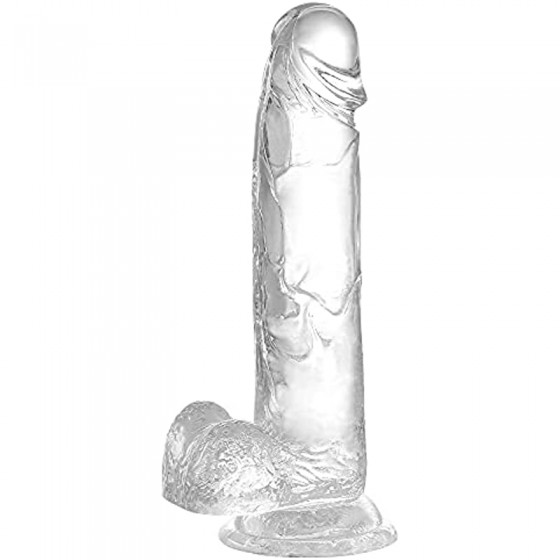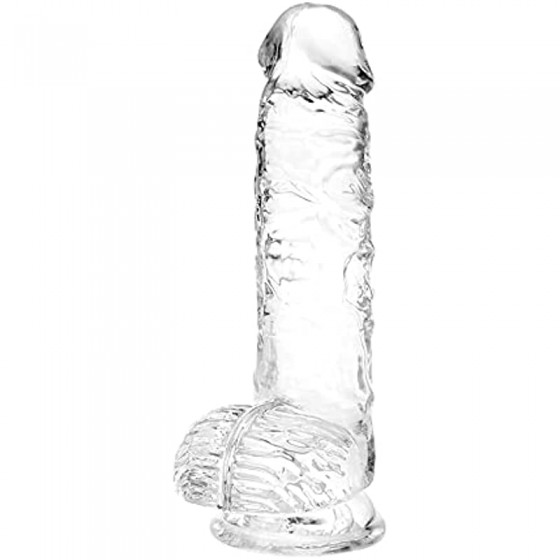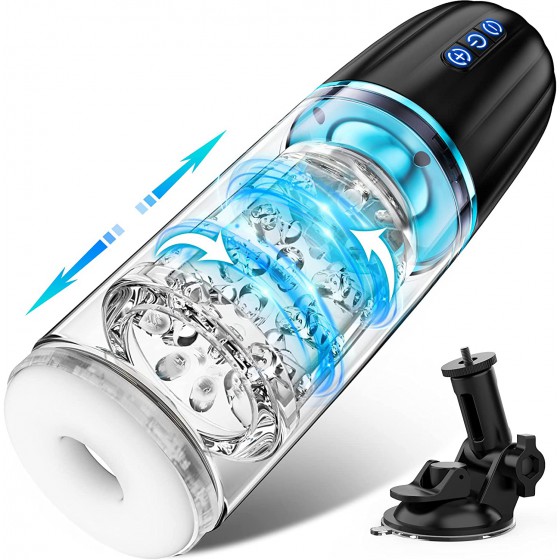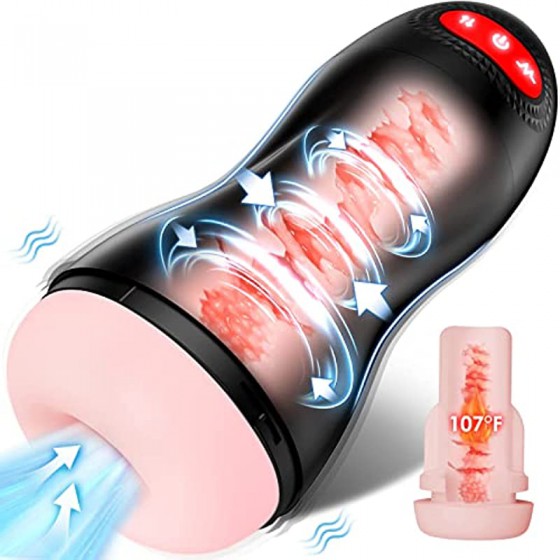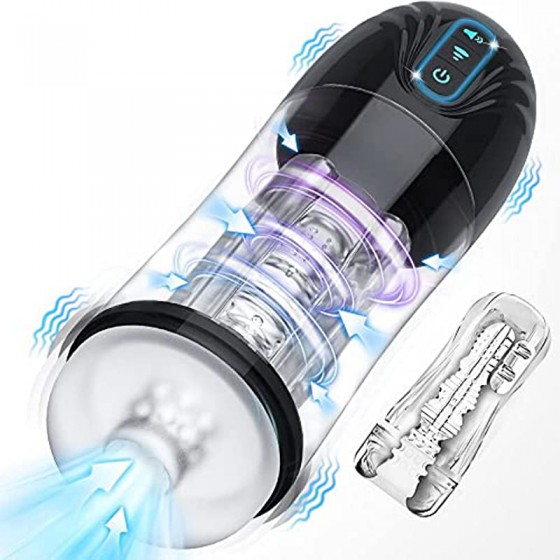The “lifeblood” health issues that men must be wary of
External trauma
Testicular trauma is a very common phenomenon, and severe trauma often leaves lifelong regrets. Trauma is more common in men during their teenage years. During sports activities or labor operations, riding on objects, playing rough, etc., they may pose a threat to the testicles. Especially in summer when clothing is thin, trauma can easily occur.
Infection
Infections caused by bacteria, mycoplasmas, and viruses can all lead to testicular damage, including inflammation of the testicles and inflammation of other systems, such as upper respiratory tract infections, oral cavity, and accessory gonad infections. The most common is orchitis caused by mumps, which can cause severe seminiferous epithelial damage. About 18% of cases occur on the 4th to 7th day of the disease, and 5% can lead to testicular atrophy. Unilateral testicular damage can still produce sperm, while bilateral testicular damage can cause oligozoospermia or azoospermia. Infections in the seminal vesicles or prostate, whether caused by bacteria, chlamydia, mycoplasma, or viruses, can affect sperm viability. Gonococcal epididymitis can cause bilateral epididymal duct obstruction and lead to azoospermia.
The basic ways to cause orchitis
There are three common types, namely spontaneous infection, lymphatic infection and direct spread through the epididymis.
Commonly seen include non-specific orchitis and mumps orchitis
Nonspecific orchitis. Any purulent sepsis can be complicated by acute purulent orchitis and even cause testicular abscess. The pathogenic bacteria are mostly Escherichia coli, Streptococcus, Staphylococcus and Pseudomonas aeruginosa. However, the most common cause of purulent orchitis is inflammation that spreads from the epididymis, so it is actually epididymo-orchitis. The patient has testicular pain that radiates to the groin, accompanied by high fever, nausea, and vomiting. The testicles are enlarged and tender, and the scrotal skin is red and swollen. If the lesion occurs early and the epididymis can be touched, epididymo-orchitis can be diagnosed. This disease should be differentiated from testicular torsion, incarcerated hernia and testicular tumors. Treatment is the same as for acute epididymitis. Early incision of the tunica albuginea can prevent testicular atrophy and gonadal insufficiency.
Mumps orchitis is caused by viral infection and is more common before puberty. Orchitis often occurs 4-6 days after the onset of mumps, but there may be no symptoms of mumps. About 70% are unilateral, and 50% of the affected testicles atrophy. Infection of both testicles can lead to infertility. Once this disease is discovered, it should be treated promptly to prevent testicular damage.
Orchitis treatment principles
As long as the testicular damage is not "fatal" but only partial, normal reproductive function can be restored through treatment. Testicles are the "lifeblood" of men. Without testicles, not only can you not have children, but you can also not enjoy sex, which will give you a lifetime of life and family. will cause serious harm. But the testicles are very fragile, and any lack of careful care may bring lifelong regrets.
Recommended reading:
Seven difficult ventriloquism skills that will make you want to have sex every night
Get into the sexual state quickly: 10 sex skills that men and women must know
Superb sexual skills allow women to reach G-spot orgasm
Gender: 10 sure-fire tricks for sexy women to seduce men
There are three sounds that men and women most love to hear during sex in bed


